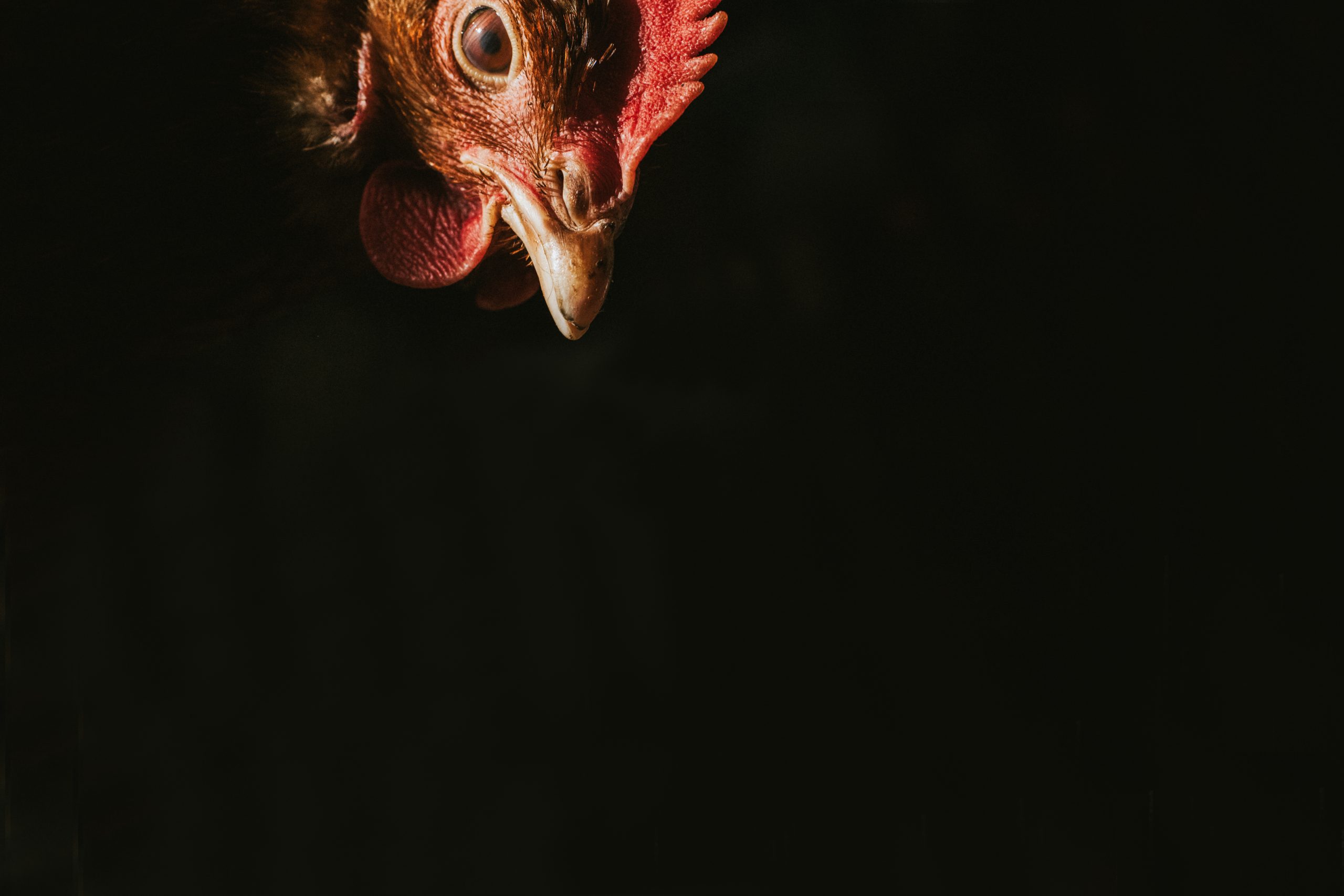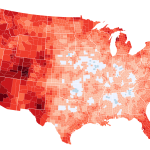The Shocking Cost of Cheap Chicken
The ubiquitous roast chicken, a staple of countless dinner tables across the globe, comes at a hidden cost. A new commentary paper in
Nature Food
reveals the devastating consequences of modern chicken breeding practices: widespread and extreme animal suffering. While consumers enjoy the affordability of chicken, this low price point masks the significant welfare issues faced by billions of birds each year. The rapid growth rates achieved through selective breeding, while boosting production and lowering costs, have inadvertently created a system of widespread cruelty.
Breeding for Profit, Breeding for Pain
Over the last 75 years, chickens have been selectively bred to grow incredibly quickly and to an enormous size. This accelerated growth, while economically advantageous for the poultry industry, has led to a cascade of health problems for the birds. These include debilitating conditions like heart failure, lameness (making it difficult or impossible for them to reach food and water), and heat stress—a particularly cruel affliction given the often-cramped and poorly ventilated conditions of many factory farms. The suffering extends to the point where many chickens die from dehydration or starvation, unable to access food or water due to their physical limitations.
A Modest Investment, A Significant Impact
The
Nature Food
commentary, however, offers a glimmer of hope. Researchers argue that much of this preventable suffering can be mitigated for a remarkably low cost: just a few pennies per hour per bird. This relatively small investment could dramatically improve the welfare of chickens by addressing factors like breeding practices and environmental conditions. Implementing measures such as providing adequate space, improving ventilation, and selecting breeds with slower growth rates could significantly reduce the incidence of debilitating health problems. These improvements are not merely ethical considerations; they also present potential economic benefits in the long term by improving bird health and reducing mortality rates.
Beyond the Penny: A Broader Ethical and Economic Discussion
The issue extends beyond the immediate cost of mitigating suffering. This commentary highlights the crucial need for a comprehensive reevaluation of current agricultural practices. The relentless pursuit of profit maximization, at the expense of animal welfare, demands a broader societal discussion. Consumers, producers, and policymakers all have a role to play in creating a more sustainable and ethically responsible food system. The relatively small financial investment required to alleviate the suffering of billions of chickens underscores the urgent need for collaborative efforts to reform factory farming practices and prioritize animal welfare. The “penny” represents a potent symbol: a tiny investment with the power to drastically improve the lives of countless sentient beings.
SOURCE INFORMATION:
TITLE: How to prevent one hour of animal suffering for just one penny
DESCRIPTION: According to a new commentary paper in the journal Nature Food, some of the worst animal suffering in the world can be prevented at a rate of just a couple of pennies per hour: the extreme pain experienced by chickens raised for meat. Over the last 75 years, chickens have been bred to grow incredibly […]
SOURCE: Vox
Based on materials: Vox





